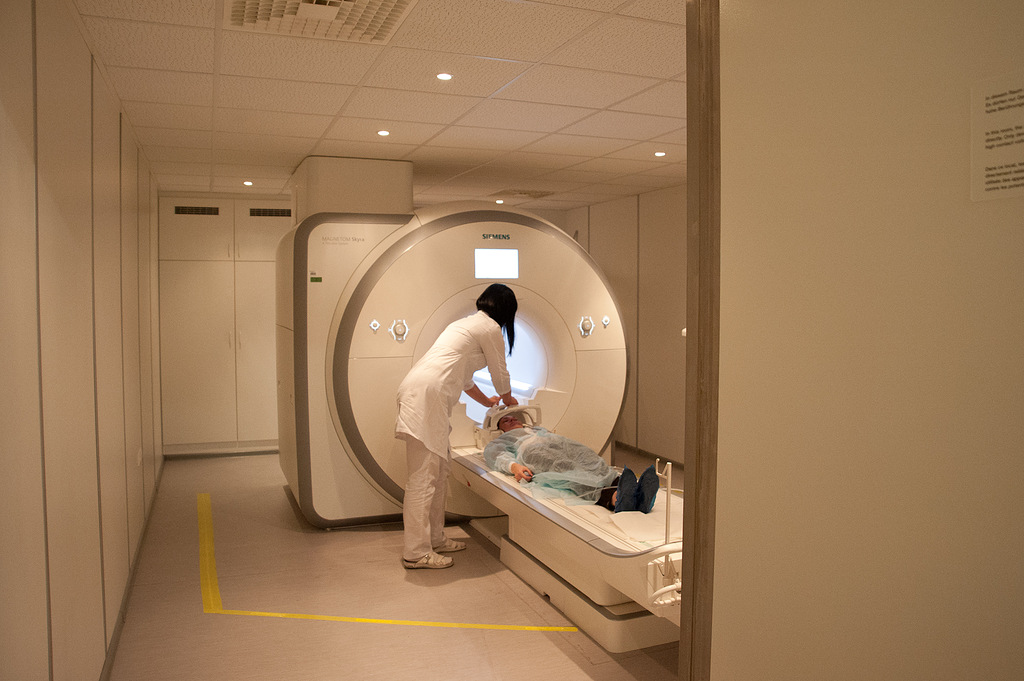MRI of the hip joint

Magnetic resonance imaging of the hip joint is a modern method of examining sections of the ligaments, muscles and cartilage of the pelvic region in order to identify the smallest pathological changes. Injuries and degenerative phenomena of the hip joints are most common among athletes and elderly patients. The absence of radiation exposure during MRI allows the use of this diagnostic method many times, including in children and even pregnant women.
The power of the MRI apparatus in JSC "Medicina" Clinic (Professor Roytberg Clinic) is 3 Tesla. The research is conducted around the clock.
Possibilities of MRI of the hip joint
Magnetic resonance imaging is used to assess changes in soft tissue. Pathologies of bone structures with the help of this study are not diagnosed as effectively as X-ray methods.
MRI is intended for the diagnosis of degenerative and destructive changes, signs of inflammation, and the detection of tumor-like processes. Magneto -resonant imaging to diagnose necrosis of the femur at a very early stage of development of a pathology, which can not be achieved with the implementation of other methods. With the help of tomography, it is easy to detect injuries and injuries.
MRI is considered a complete and highly informative diagnostic method, with which you can make a final diagnosis and avoid more traumatic research methods. In children with congenital and acquired anomalies of the hip joint, MRI can be performed frequently and without pathological health consequences.
Indications for MRI of the hip joint:
- soreness of the hip joint after exertion or at rest;
- impossibility of performing X-ray diagnostics;
- rheumatoid lesion of the hip joint;
- osteochondropathy (necrosis of the femoral head);
- injuries, dislocations, falls, fractures;
- preoperative preparation;
- tumors of the hip joint;
- entrapment of nerves and tendons;
- diagnostics of metastases;
- dysplasia of the hip joint;
- arthritis.
Contraindications to MRI of the hip joint:
- allergic reactions;
- breastfeeding, pregnancy;
- renal failure (when using contrasting);
- the presence of metal structures in the body;
- the inability to be immobile during the study period.
MRI of the hip is very rarely done with contrast enhancement. The non-contrast technique has few contraindications and does not pose a threat to human health.
Doctors







